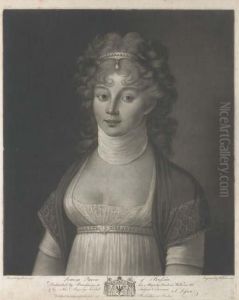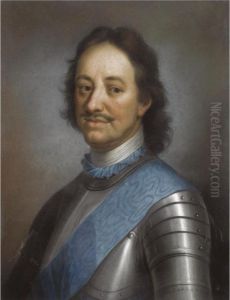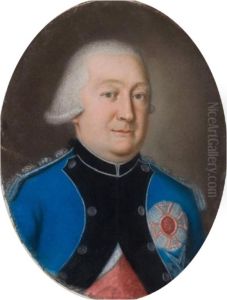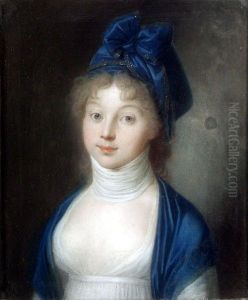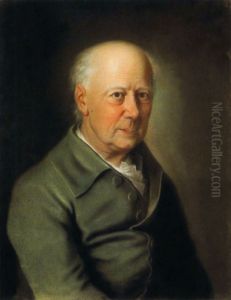Nikolaus Lauer Paintings
Nikolaus Lauer was a German painter born on September 23, 1753, in St. Wendel, which at the time was part of the Holy Roman Empire. He developed an interest in the arts at a young age, primarily focusing on painting. His early education and training in the arts are not well-documented, but it is known that he traveled to Paris to further his studies. There, Lauer was influenced by the French Rococo style, which was prominent during that period.
Lauer's artistic career is marked by his portraits and historical scenes. He became known for his delicate and refined style, often characterized by soft colors and a graceful attention to detail. His portraits were particularly appreciated for their elegance and the ability to capture the character and social standing of the subjects. Lauer worked for various patrons, which included members of the nobility and the bourgeoisie, reflecting the changing social structures of his time.
Throughout his life, Lauer remained connected to his hometown of St. Wendel, where he contributed significantly to the local art scene. In addition to his painting, he held a position as a court painter, which provided him with a steady income and allowed him to work on more personal projects. His historical scenes often depicted moments from classical antiquity and the lives of saints, imbued with a sense of drama and emotion that was typical of the Romantic sensibilities emerging towards the end of his career.
Nikolaus Lauer passed away on April 11, 1824, in his hometown of St. Wendel. Although not as widely known today as some of his contemporaries, Lauer's work provides an interesting glimpse into the transitional period of European art between the Rococo and Romantic movements. His legacy lives on in the regional collections of Germany, and his contribution to the arts is recognized in the cultural history of the Saarland region.
